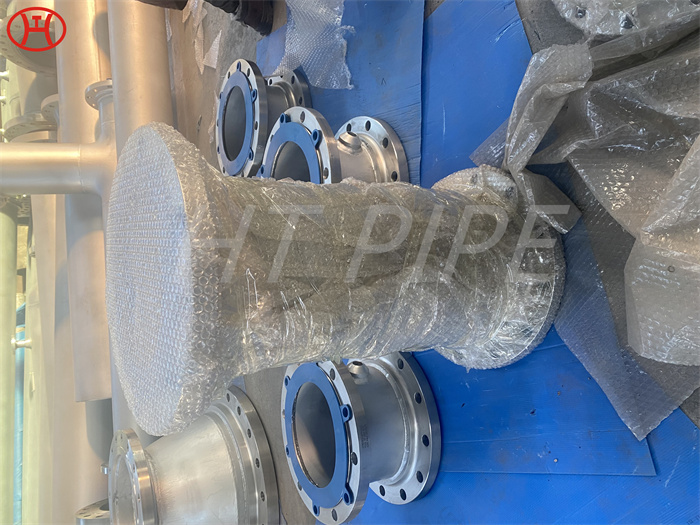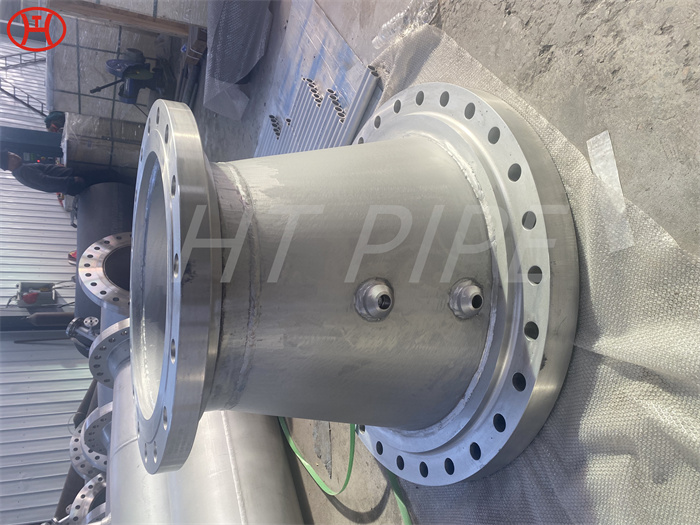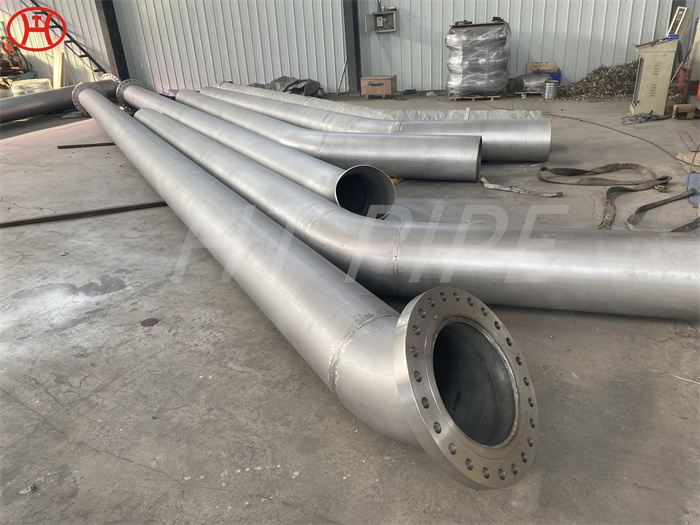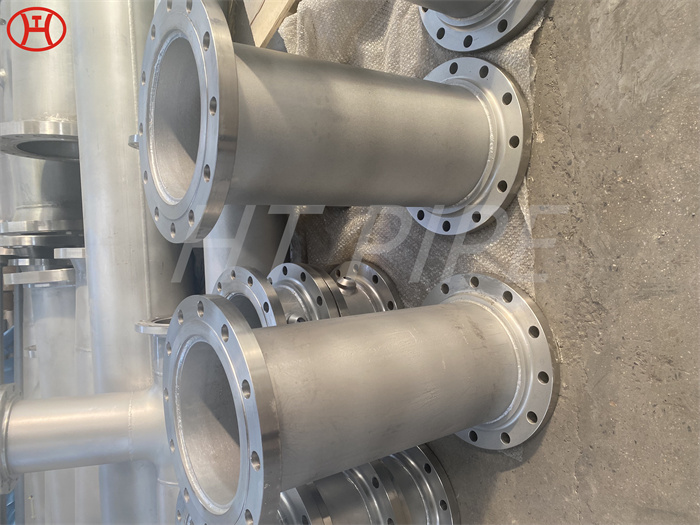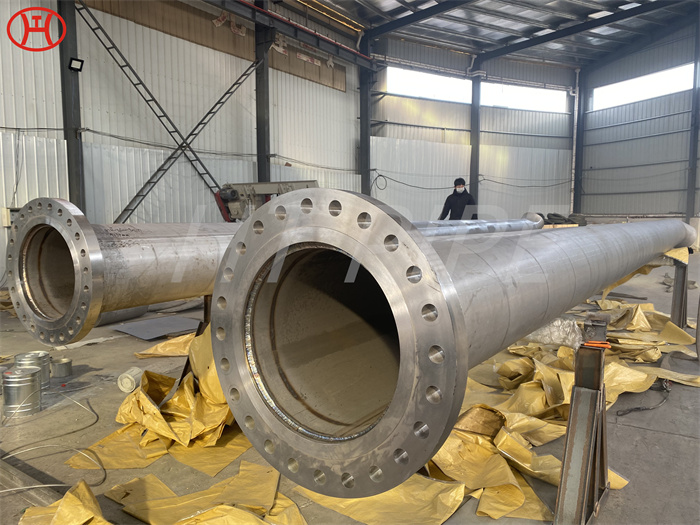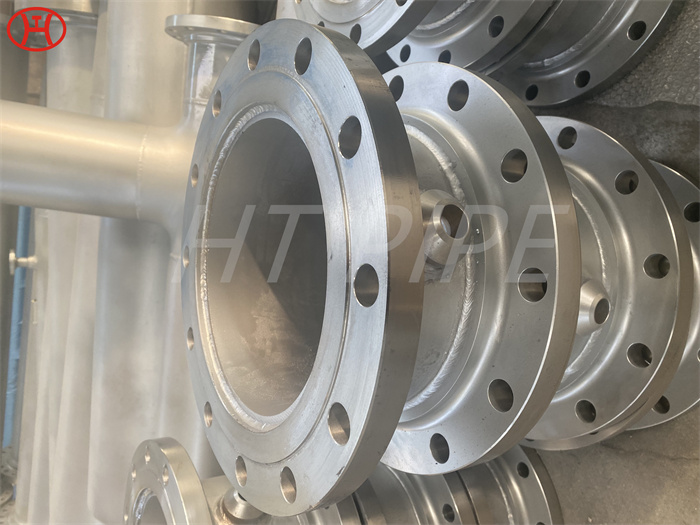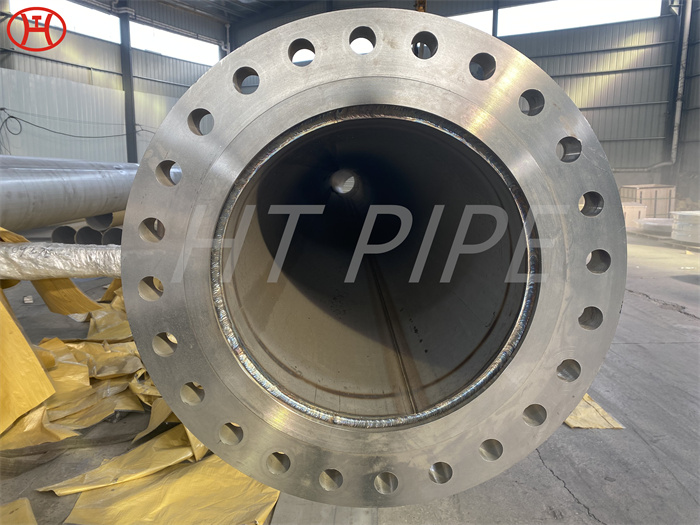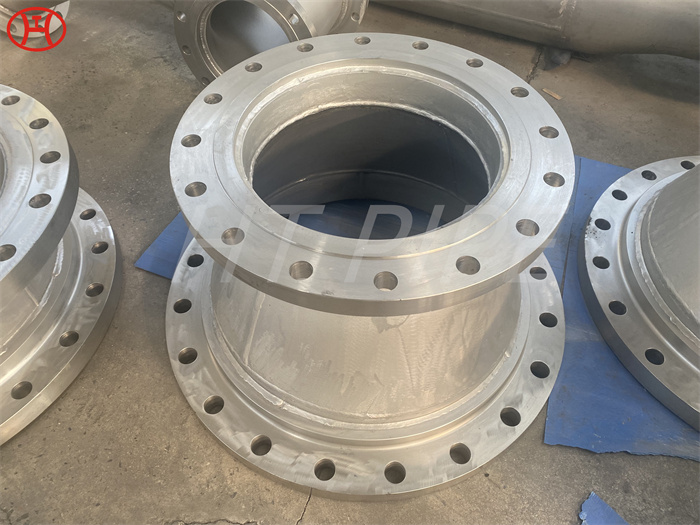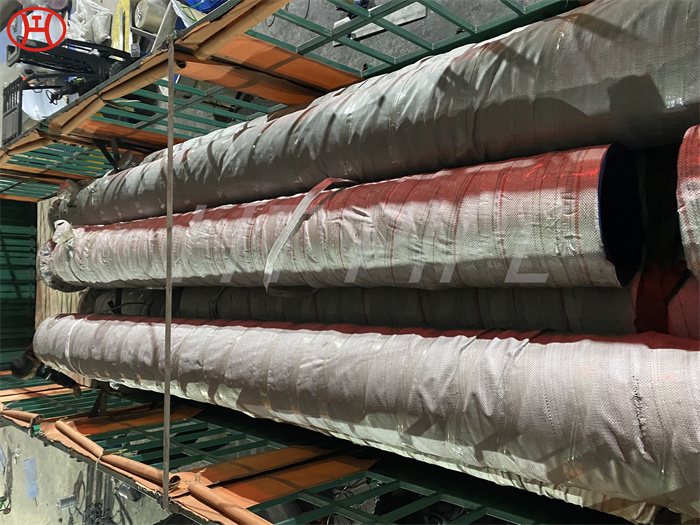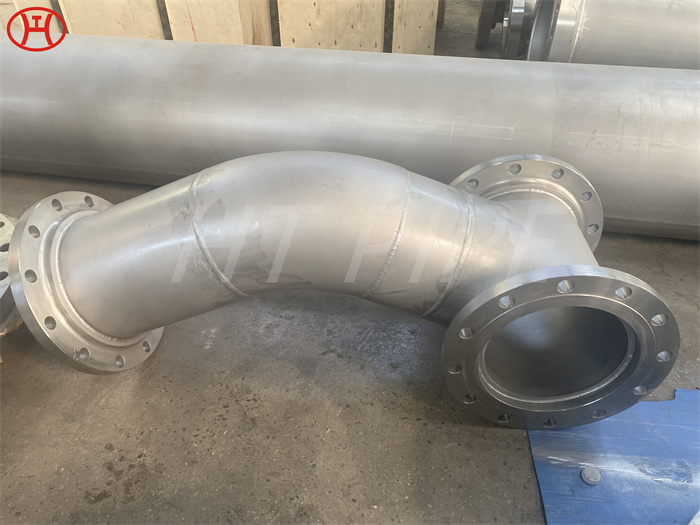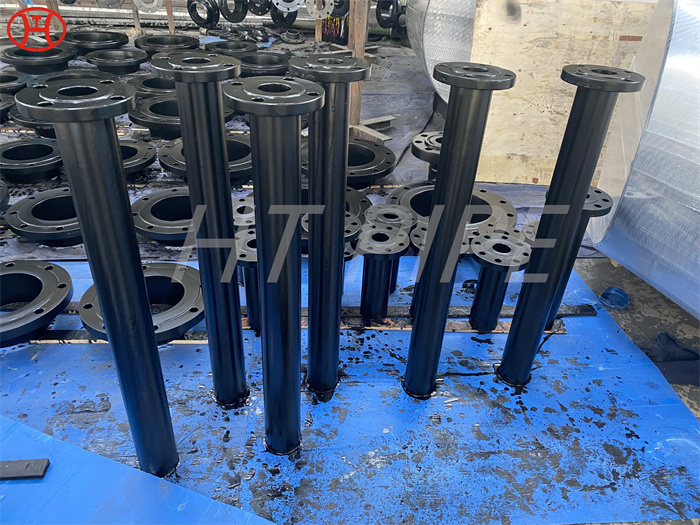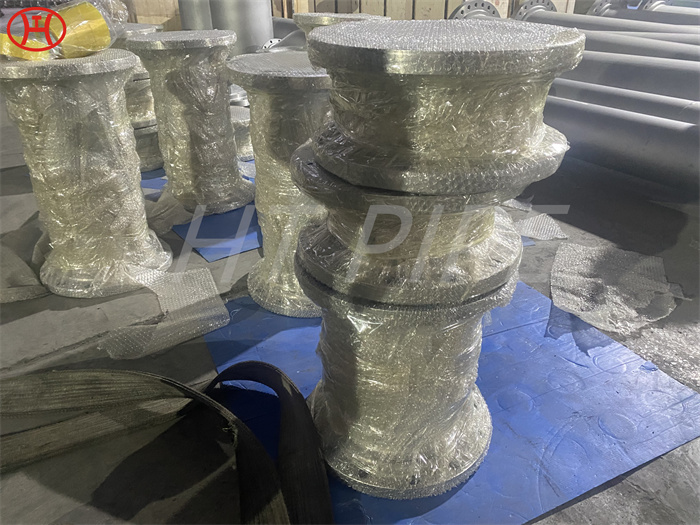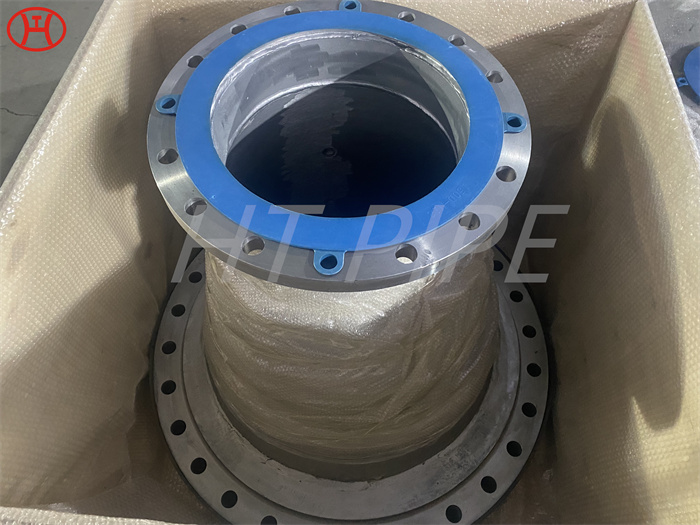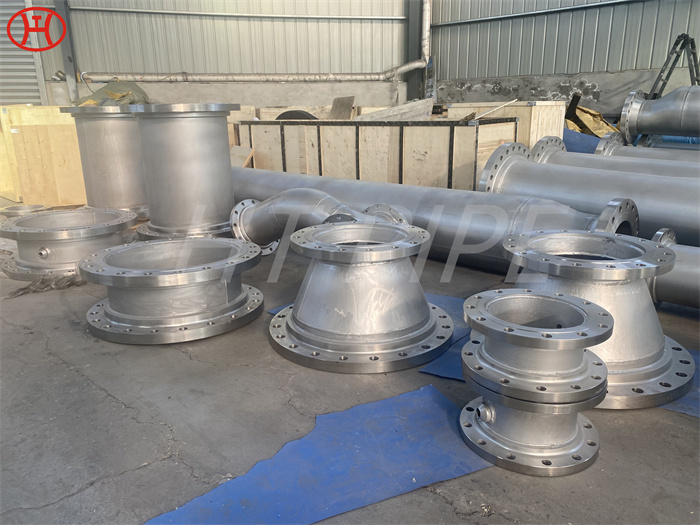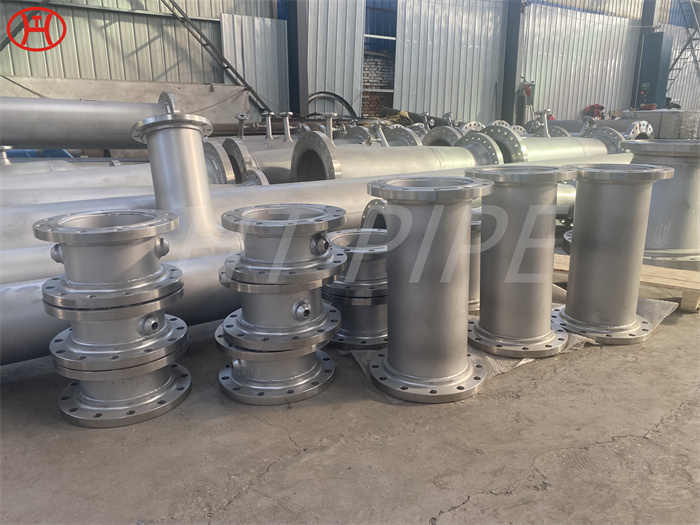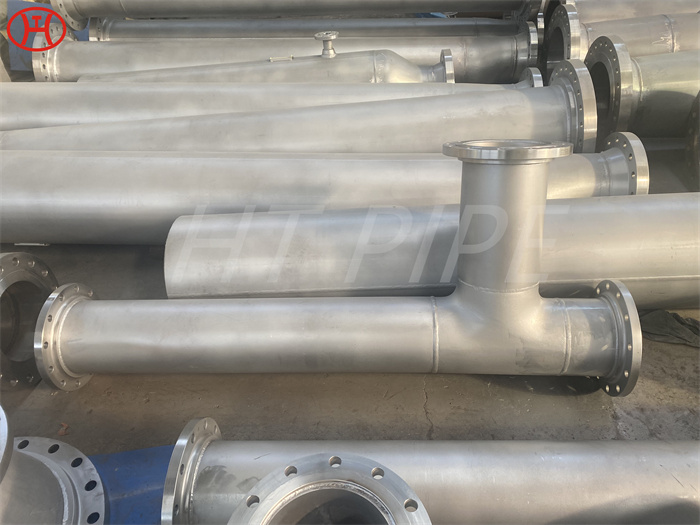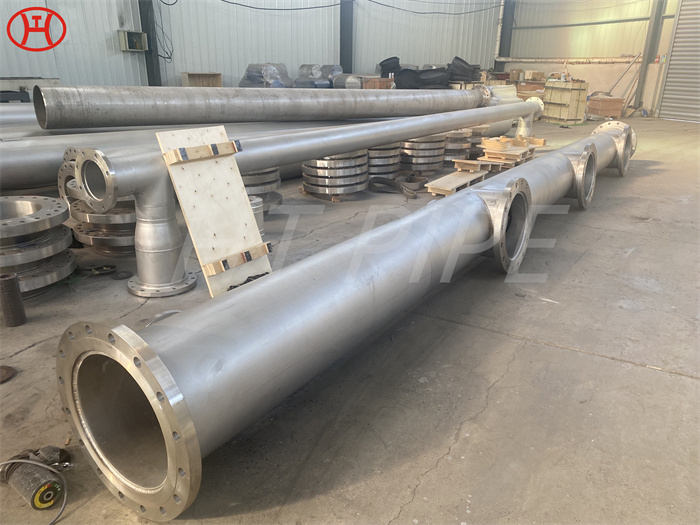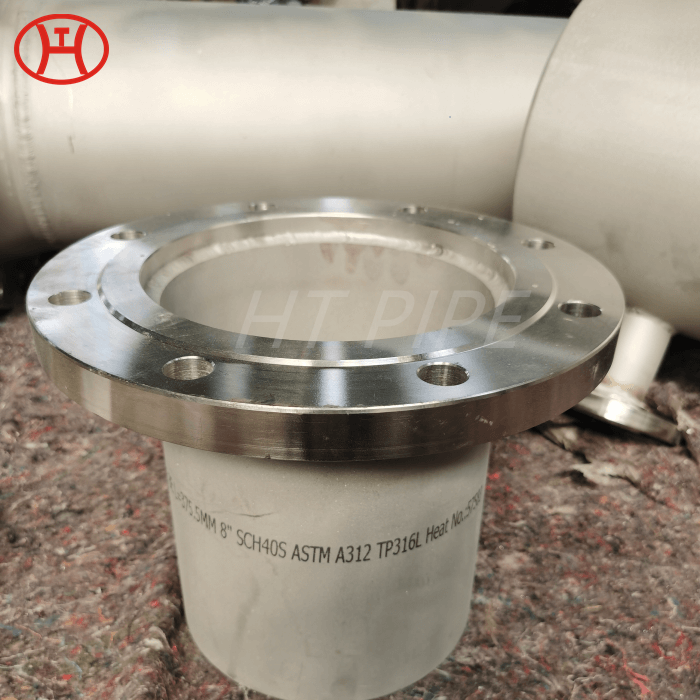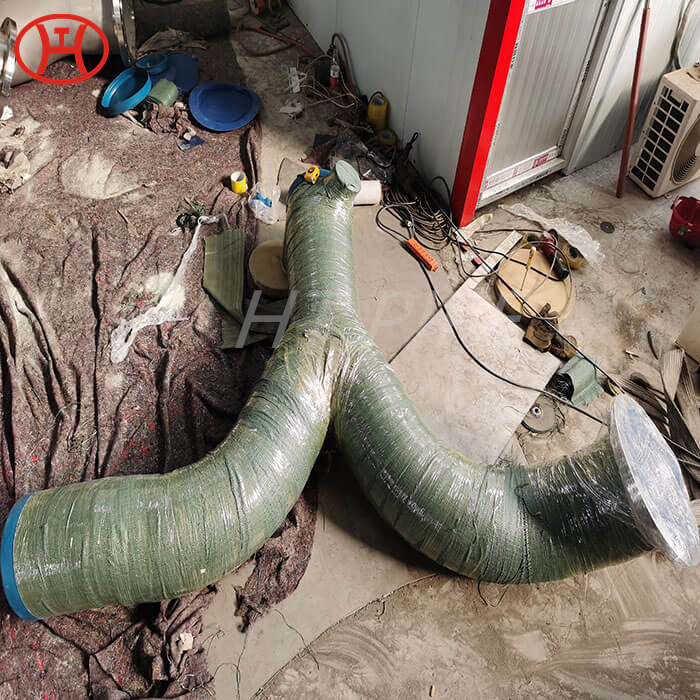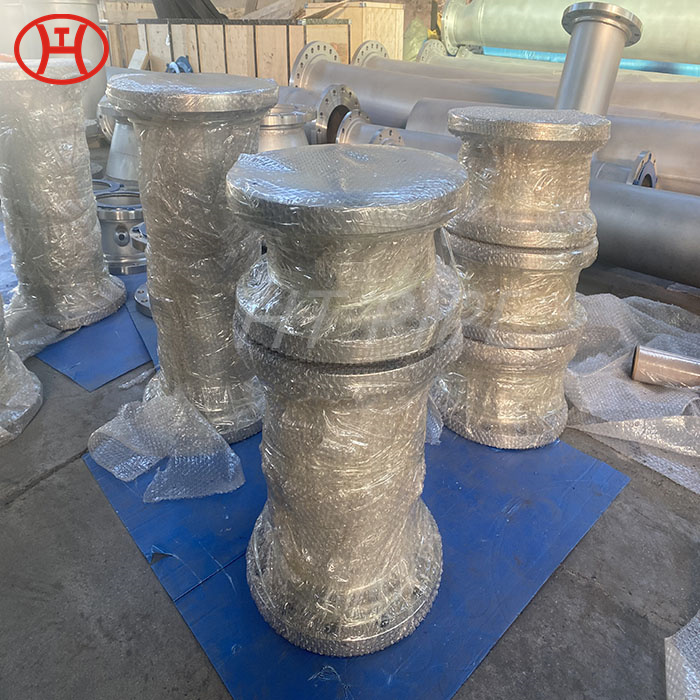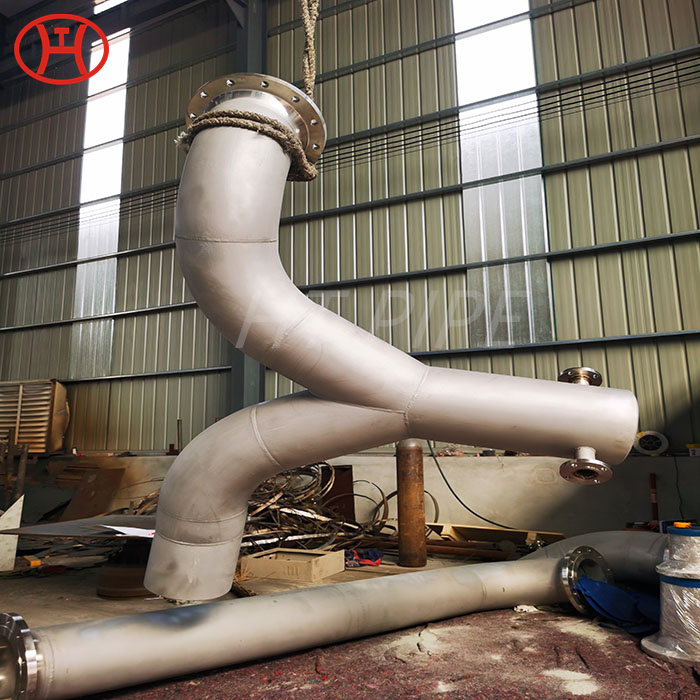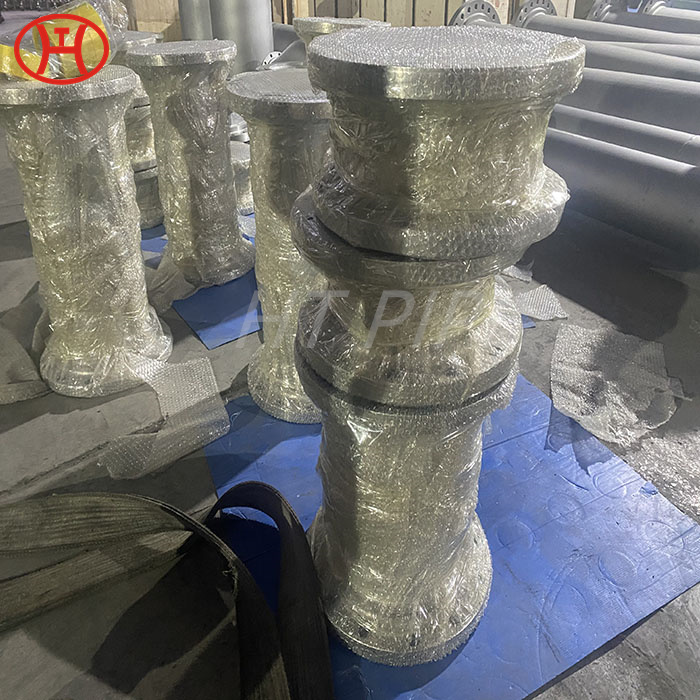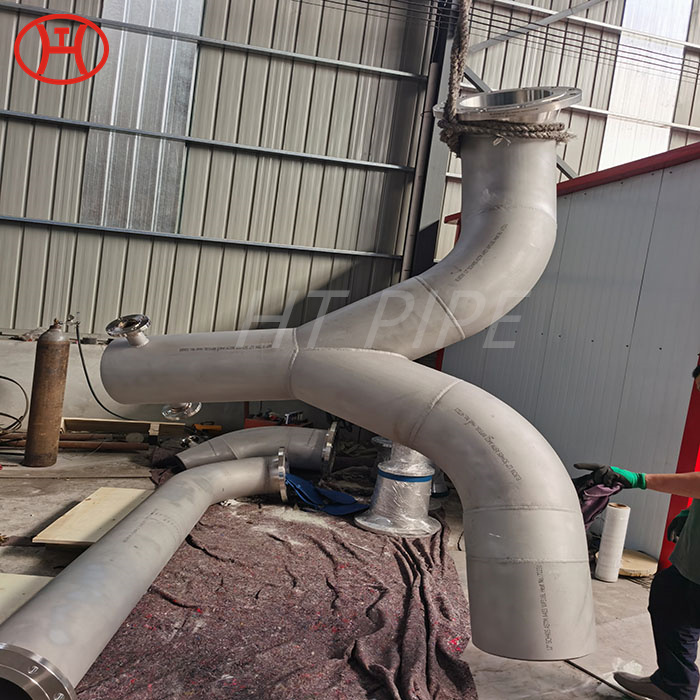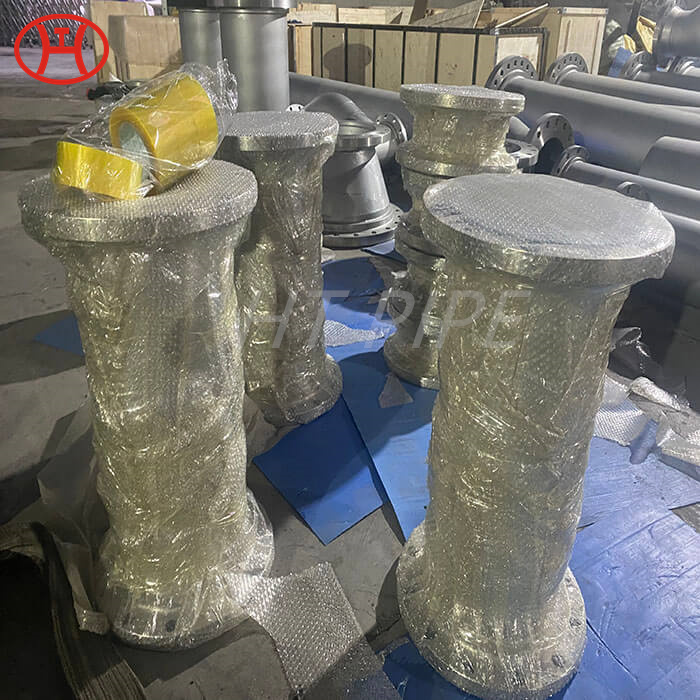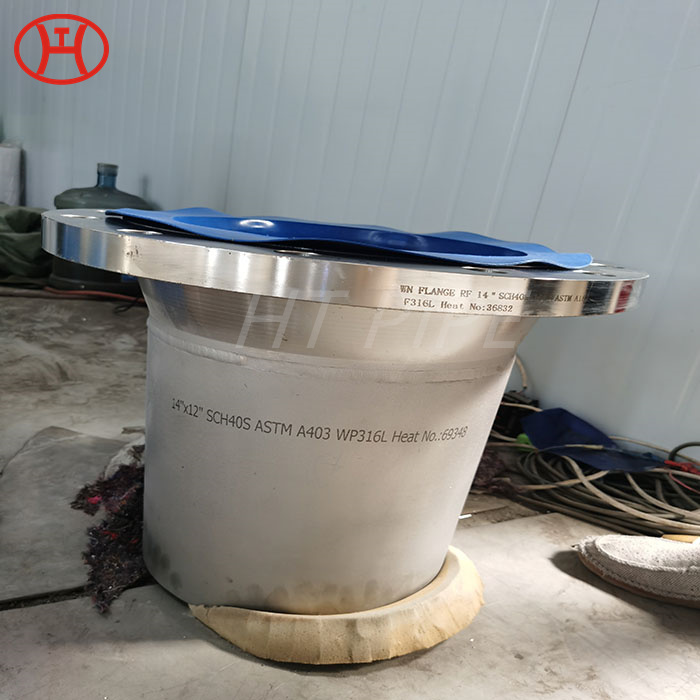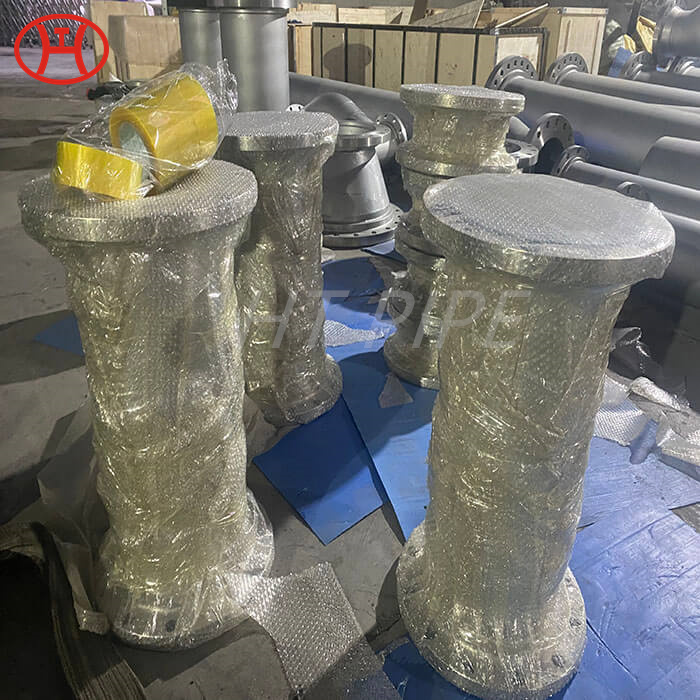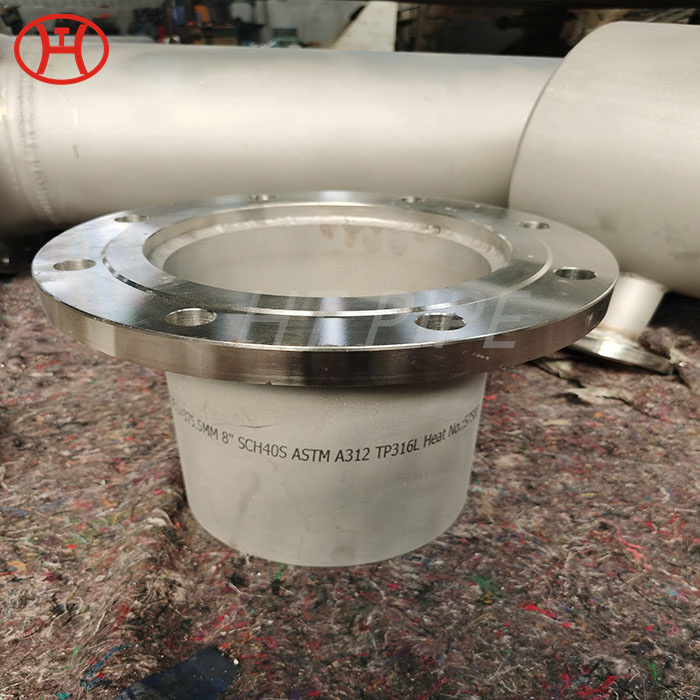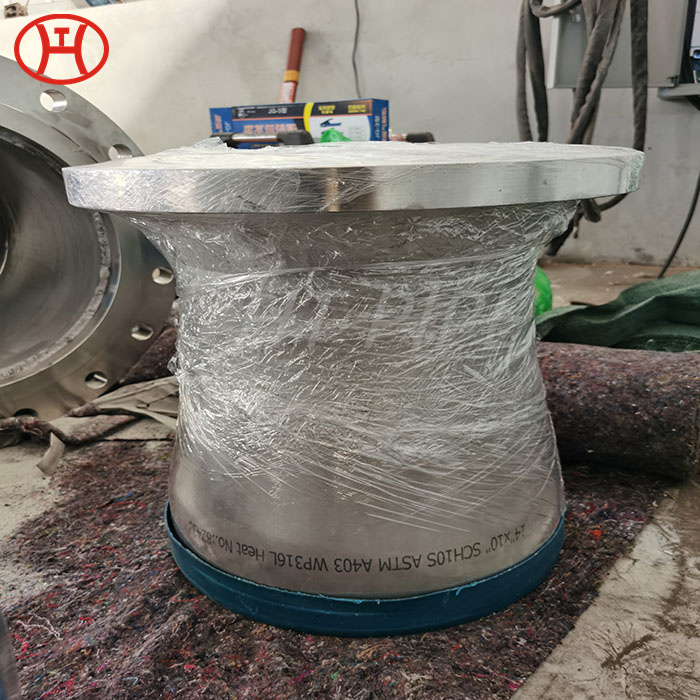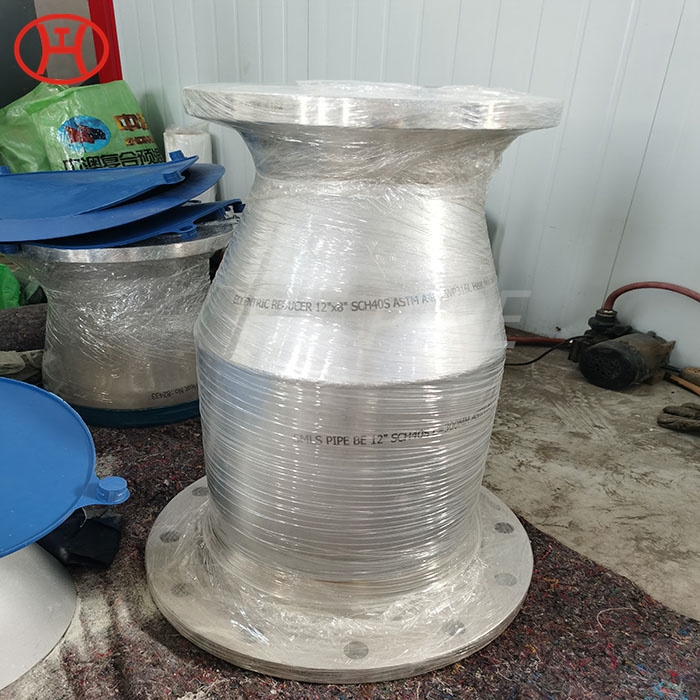
(English)
Untranslated
- English

- Arabic

- Bulgarian

- Chinese (Simplified)

- Chinese (Traditional)

- Croatian

- Czech

- Danish

- Dutch

- Finnish

- French

- German

- Greek

- Hindi

- Italian

- Japanese

- Korean

- Norwegian

- Polish

- Portuguese

- Romanian

- Russian

- Spanish

- Swedish

- Catalan

- Filipino

- Hebrew

- Indonesian

- Latvian

- Lithuanian

- Serbian

- Slovak

- Slovenian

- Ukrainian

- Vietnamese

- Albanian

- Estonian

- Galician

- Hungarian

- Maltese

- Thai

- Turkish

- Persian

- Afrikaans

- Malay

- Swahili

- Irish

- Welsh

- Belarusian

- Icelandic

- Macedonian

- Yiddish

- Armenian

- Azerbaijani

- Basque

- Georgian

- Haitian Creole

- Urdu

- Bengali

- Bosnian

- Cebuano

- Esperanto

- Gujarati

- Hausa

- Hmong

- Igbo

- Javanese

- Kannada

- Khmer

- Lao

- Latin

- Maori

- Marathi

- Mongolian

- Nepali

- Punjabi

- Somali

- Tamil

- Telugu

- Yoruba

- Zulu

- Myanmar (Burmese)

- Chichewa

- Kazakh

- Malagasy

- Malayalam

- Sinhala

- Sesotho

- Sudanese

- Tajik

- Uzbek

- Amharic

- Corsican

- Hawaiian

- Kurdish (Kurmanji)

- Kyrgyz

- Luxembourgish

- Pashto

- Samoan

- Scottish Gaelic

- Shona

- Sindhi

- Frisian

- Xhosa

More Language
